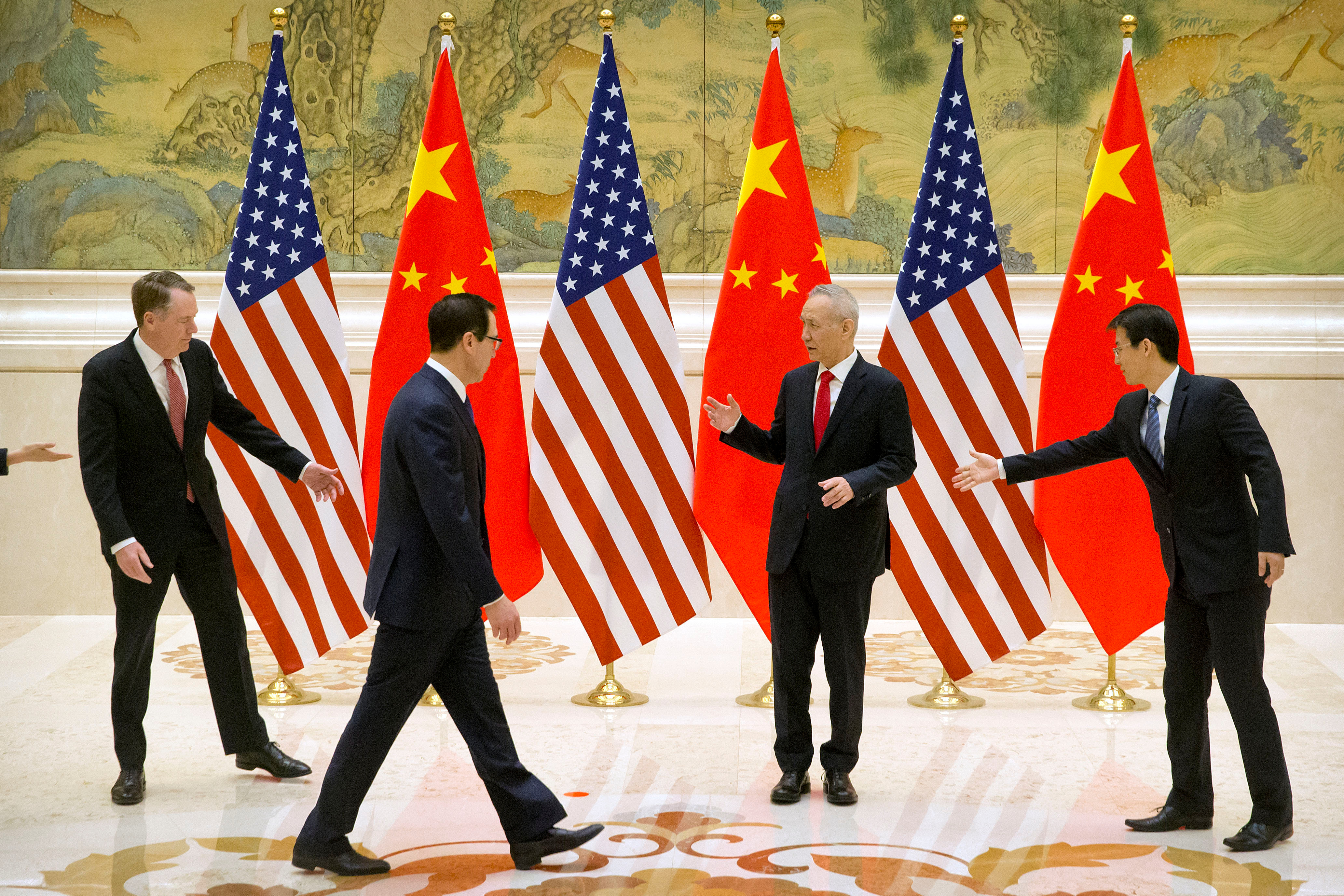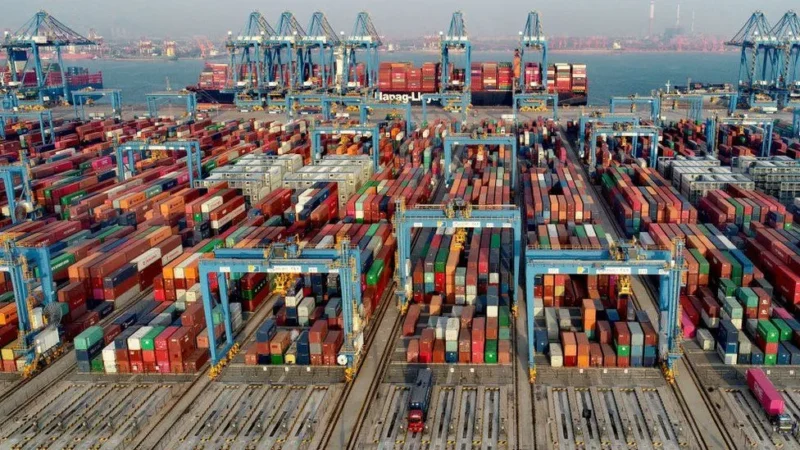As international trade continues to expand and become more complex, language barriers can present a major challenge. Businesses must learn how to effectively communicate in different languages if they wish to reach new markets and succeed in global trading.
This article will explore the necessary strategies for effective communication while conducting business in Chinese, including the importance of investing time and resources into understanding cultural nuances. Companies must recognize the need for comprehensive research when attempting to bridge language gaps with their partners abroad.
By utilizing these practices, businesses can overcome any linguistic obstacles they may encounter as they pursue success within Chinese trade.
Strategies for Minimizing the Impact of Language Barriers
When it comes to reducing the impact of language barriers in Chinese trade, there are a few key strategies that can be implemented. First, businesses should ensure that all employees involved in international trade have some level of knowledge and proficiency with the language being used.
Having at least one person on staff who is fluent or near-fluent in the language being used is ideal for helping facilitate communication between parties. Second, companies should invest in translation services as needed.
Outsourcing these services guarantees accuracy and helps avoid any misunderstandings due to cultural differences or language nuances. Additionally, using written translations allows both sides to easily refer back to previous conversations when needed during negotiations or decision-making processes.
Third, investing in technological solutions such as machine learning and natural language processing (NLP) systems can also help bridge communication gaps between different languages and cultures. These AI-driven technologies provide real-time automatic translations that allow people from various backgrounds to understand each other without having full fluency in another native tongue. Finally, committing time to develop cultural awareness is just as important as having technical skills related to foreign languages when dealing with overseas business partners or customers.
Understanding the values/beliefs/traditions of others will go a long way towards making sure everyone feels respected and valued while conducting business abroad – which ultimately creates stronger relationships over time
Leveraging Technology to Overcome Language Gaps

Nowadays, businesses are leveraging technology to overcome language gaps in Chinese trade. With the help of advanced translation software and online resources, companies can now communicate seamlessly across linguistic barriers with customers from China.
Tools such as Google Translate enable users to translate large amounts of text quickly and accurately for a wide range of languages. Furthermore, AI-powered chatbots have been developed that use natural language processing (NLP) techniques to recognize speech patterns and respond accordingly. Such technologies eliminate the need for human interpreters while providing accurate translations at lightning speed.
Additionally, some platforms provide cultural insights that can help bridge communication gaps between different cultures and improve understanding on both sides. In short, technological advancements have drastically improved the quality of business communication within international markets like China by making it easier than ever before for firms to interact with their foreign counterparts despite any language differences that may exist between them.
By investing in these solutions, organizations can take advantage of new opportunities available in Chinese markets without having to worry about being hindered by a lack of linguistic capabilities or knowledge regarding local cultural norms.
Constructing a Professional Environment with Effective Communication Techniques
When it comes to constructing a professional environment for effective communication in Chinese trade, one must be sure to create an atmosphere of mutual understanding and respect. This involves building a common vocabulary that both parties understand and can use effectively when communicating with each other.
It also means having clear expectations for how conversations will occur between the two parties, as well as outlining any potential misunderstandings or disagreements beforehand. Additionally, open and honest dialogue is essential to ensure that all information is properly understood by both sides throughout the process.
Finally, being patient and willing to adjust strategies when necessary can help bridge language barriers and foster productive conversations within this professional setting. By taking these steps, businesses are more likely to find success in their international trade endeavors while ensuring proper communication across cultural divides.
Conclusion

The Chinese Trade can be a daunting prospect for some, but by taking steps to overcome language barriers and using effective communication techniques, it can be a rewarding experience. With the right tools in place, businesses can enjoy successful collaborations with their counterparts in China.
By understanding cultural differences and being aware of potential misunderstandings, companies can build strong relationships with their partners across the globe. Despite the challenges that come with communicating in another language and culture, there are solutions available to make sure everyone is on the same page.


